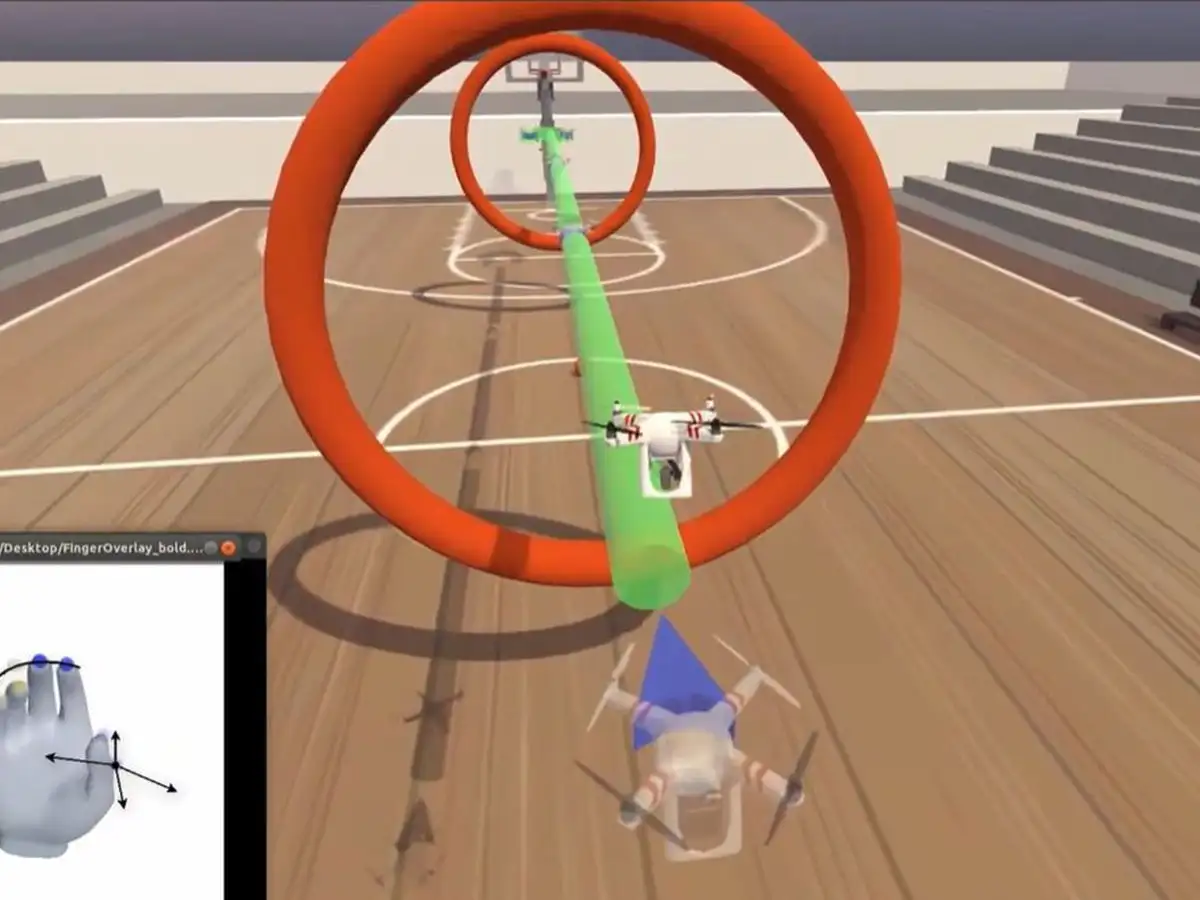Researchers have developed a brain–computer interface (BCI) that allowed a 69-year-old paralyzed man to fly a virtual drone using only his thoughts. The device decoded his brain activity as he imagined moving groups of fingers, offering a breakthrough in BCI technology that could help individuals with paralysis perform complex tasks such as typing or playing musical instruments. “This research focuses on enabling control over multiple movements at once, similar to how we use our fingers for everyday activities like sewing or playing instruments,” says neurosurgeon Matthew Willsey from the University of Michigan. The participant, who was paralyzed in all four limbs due to a spinal cord injury, had electrodes implanted in his left motor cortex—the brain region controlling hand movement—during a 2016 surgery. For this study, researchers trained algorithms to recognize neural signals linked to specific finger movements. Initially, he practiced moving a virtual hand on a screen, learning to hit targets with precise finger movements at a rate of 76 targets per minute. The team then connected these movements to a virtual drone, allowing him to navigate it through rings in a simulated basketball court. The study, published in Nature Medicine on January 20, was inspired by the participant’s own desire to fly a drone. He described the experience as similar to playing an instrument, requiring subtle adjustments. Researchers aim to refine the technology to decode signals from all ten fingers, improving its potential for assistive devices. “This is an important step toward understanding hand control,” says John Downey, a BCI researcher at the University of Chicago. Experts believe this technology could one day provide people with paralysis a versatile tool for greater independence.
Brain Implant Enables Paralyzed Man to Control Drone with Thoughts



0 Comments